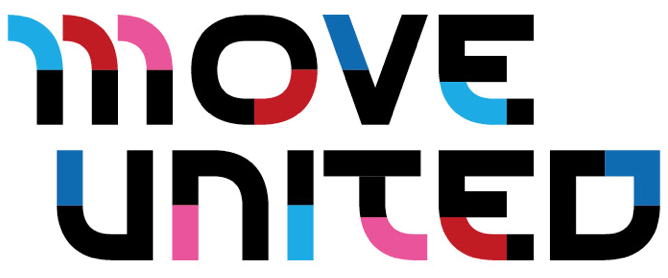Safe and Efficient Bikes
Two College of Engineering and Computational Sciences Senior Design Program teams display the more human-oriented side of engineering.
CSM FourCross
Mechanical engineering professor Joel Bach was at the No Barriers Summit in Telluride last summer when he heard about the challenges the Crested Butte’s Adaptive Sports Center faced with providing quadriplegic bikes that were safe and efficient. Bach brought this idea back to Mines, and the senior design team CSM FourCross was created.
FourCross began in the fall semester of 2013, during which the team focused on research, testing and initial designs. This semester has been dedicated to finalizing a design, prototyping, and manufacturing.
Team computer-aided design specialist Court Pietra said that he has learned that an engineer’s number one goal should be considering how design would interact with the intended user.
“We must first put ourselves into the shoes (or in this case mountain bike) of the person that we are designing for,” Pietra said. “If the design does not easily improve or make the lives of the intended users better, the design will not make the desired impact on that user. We want the design to be worthwhile for that person in order to change their life for the better.”
Currently braking methods on quadriplegic bikes consist of the user strapping their hands on the brake levers and using their body weight to activate them.
“Incomplete quadriplegics lack grip strength; therefore, they are unable to activate the traditional brakes that are on a bike,” Hixon said.
The team is also challenged with creating a new seat back that would prevent hyperextension of a user’s back during a crash.
Adaptive Sports Center Program Director Chris Read said this project could increase the user base tremendously.
“For our participants that didn’t have the best options before, this project could help them now,” Read said. “It also has cross benefits for our ski program, making our mono-ski fleet more personal.”
Colorado AdvantEdge
Mines senior design team Colorado AdvantEdge is working on creating edge detection system, which can be mounted on a wheelchair. Twelve-year-old Katherine Dean was born with Cerebral Palsy and cannot walk. Her family is working with the team to outfit Kate’s chair with a sensor system. The system will be able to detect a three-inch drop-off in a variety of light levels and ground compositions.
“Engineering decisions are often made solely with efficiency in mind. Our project allowed us to make decisions that would most benefit the user while keeping efficiency in mind,” Team liason Justin Loeffler said.
One of those decisions was adding extra sensors—at an extra cost—to allow Kate to stop her chair before the system stopped her chair. Kate’s safety and a greater level of freedom play an important role in the system the team is designing. The team is currently testing their edge detection algorithms with the sensors mounted on a robot chassis.
“Edge detection in front of a moving wheelchair is a very challenging problem and challenging problems require out of the box ideas,” Loeffler said. “Creativity has been a great asset to this project and adds a level of interest. Knowing that the project is to help another experience a level of freedom we take for granted every day creates a great drive for moving the project forward.”
Four Cross and Colorado AdvantEdge will be presenting their projects at the Senior Design Trade Fair April 24 from 8-11 am in the Student Recreation Center, Lockridge Arena.



